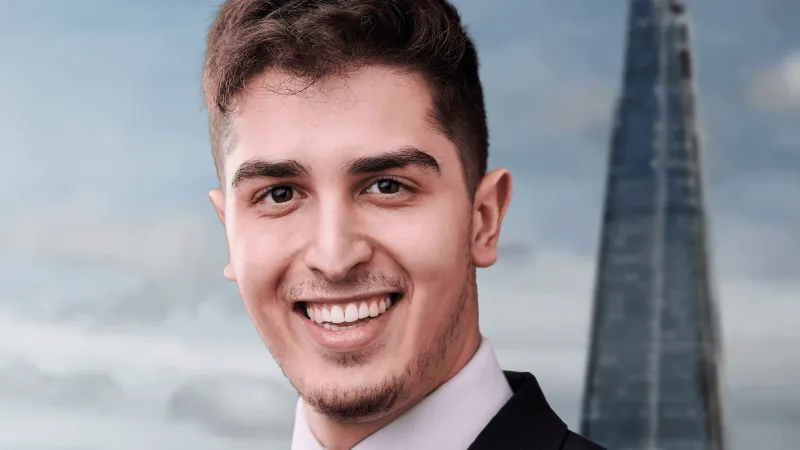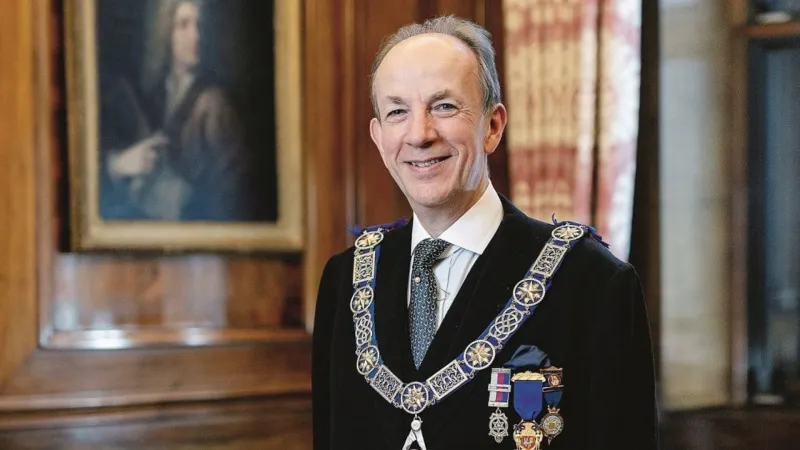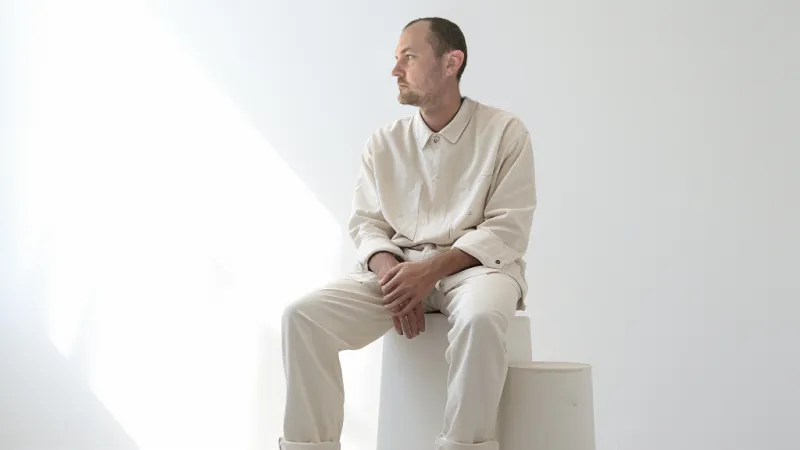To celebrate International Women’s Day, UGLE’s Craftcast podcast discussed women’s Freemasonry with Christine Chapman, Grand Master of the Honourable Fraternity of Ancient Freemasons (HFAF).

How did you get into Freemasonry?
Christine Chapman: My father was a Freemason and so was my late husband, so I was surrounded by people who were Freemasons – and I decided to join. I thought if my husband enjoyed it, my father enjoyed it and my mother enjoyed it then there can’t be too much wrong with it. I fell in love with it straight away – it made a lot of sense to me and I could see a pattern.
Most memorable moment in Freemasonry?
The memory that gave me the most pleasure was the one when I was installed into the Chair for the first time. There is nothing to compare to that. I was walking on air for days afterwards and absolutely thrilled.
Are women Freemasons unhappy at being excluded from male Freemasonry?
We are actually happy doing our own thing. In the early days, the co-Masonry movement that came from France was very much about equal rights and universal suffrage. That is what appealed to these suffragettes. We continue to spread the message of empowerment and equal rights.
What are the challenges of being a female Freemason?
It’s history – how can women be doing Freemasonry themselves because it is the way men have looked upon women. I think all women who have taken up roles in professions that were mainly for men or are considered masculine have had to fight against all these barriers of preconceived misogyny of ‘women can’t do this job’ or ‘women can’t possibly do that’. That’s what we have fought against all these years.
You recently joined a special event at UGLE to celebrate the Tercentenary of The 1723 Constitutions. How was it?
It was wonderful. We were allowed to attend and were asked to come in our regalia, which was a first and a good sign we were considered as proper Freemasons – which we haven’t always felt.
Your inspiration is former HFAF Grand Master Eileen Gray?
She inspired me because she achieved an awful lot in her life and not just for women’s Freemasonry. She broke boundaries in international cycling in order to get women accepted into the sport, to compete and then get it recognised as an Olympic sport. She was a local politician and was Lord Mayor of Kingston upon Thames in the early 1990s. She found all that time to do these things and Freemasonry as well.
Can you tell us about setting up an HFAF Lodge in India?
Everyone told me it was a big mistake and would never work, but it is now very, very big and has a lot of members. They are hoping for us to go out there again next year and consecrate another two Lodges at least. It really fulfilled a need as a lot of the women were married to Freemasons and they saw the joy their husbands had in belonging to a Lodge. They wanted something similar for themselves.
Why do you think women should think about joining Freemasonry?
We say if you join women’s Freemasonry, we feel that you get empowered. People get all sorts of things out of it depending on what they’re looking for. Some join for the social side, others for friendship.
What makes HFAF such a unique and special organisation to be part of?
We are not a large organisation, so we tend to have a very personal relationship with a lot of our members because we know them all. We are always striving and thinking about the future and what we can do in years to come. That’s what makes it so special for me. We can change things and have a positive influence.
You’re due to retire as Grand Master in 2024. Can you sum up your experience of Freemasonry in three words?
Brotherhood, friendship and self-improvement.
What’s your most important advice for women?
Not to give up when things are difficult – keep going!
For more information visit their website.
The Craftcast episode with the two Grand Masters of Women’s Freemasonry in the UK can be listened to here.
The Origin Of Women's Freemasonry
Women’s Freemasonry can be traced to 18th century pre-revolutionary France and Lodges of Adoption – society Lodges that allowed women to join. In 1882, French social reformer Maria Deraismes was invited to join a men’s Lodge. Once she joined, more women followed and a group soon broke away to form a mixed Lodge. This new formation of a mixed Lodge for men and women (coMasonry) came to the UK in 1902, thanks to Victorian social reformer Annie Besant. In 1908, Britain’s co-Masons broke away from French control and developed into what is now known as the Order of Women Freemasons. In 1913, a group of its members wished to include the Royal Arch in the system but failed to obtain authority, causing them to form the first Lodge of the Honourable Fraternity of Ancient Freemasons.


